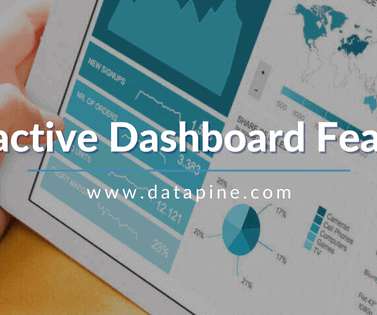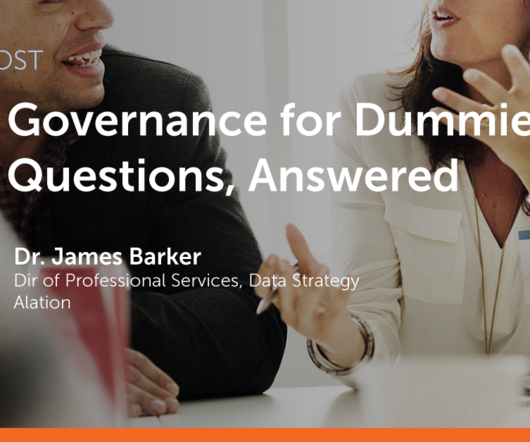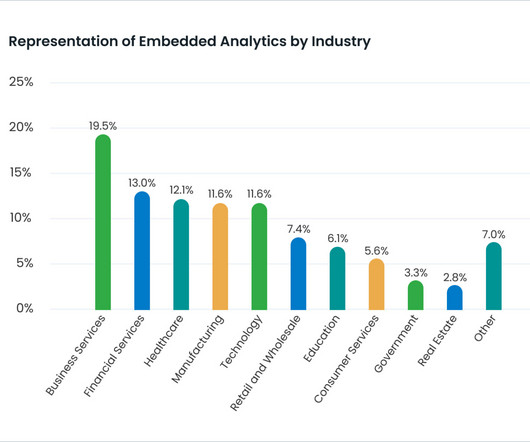What you need to know about product management for AI
O'Reilly on Data
MARCH 31, 2020
But there’s a host of new challenges when it comes to managing AI projects: more unknowns, non-deterministic outcomes, new infrastructures, new processes and new tools. This has serious implications for software testing, versioning, deployment, and other core development processes. What delivers the greatest ROI?














Let's personalize your content